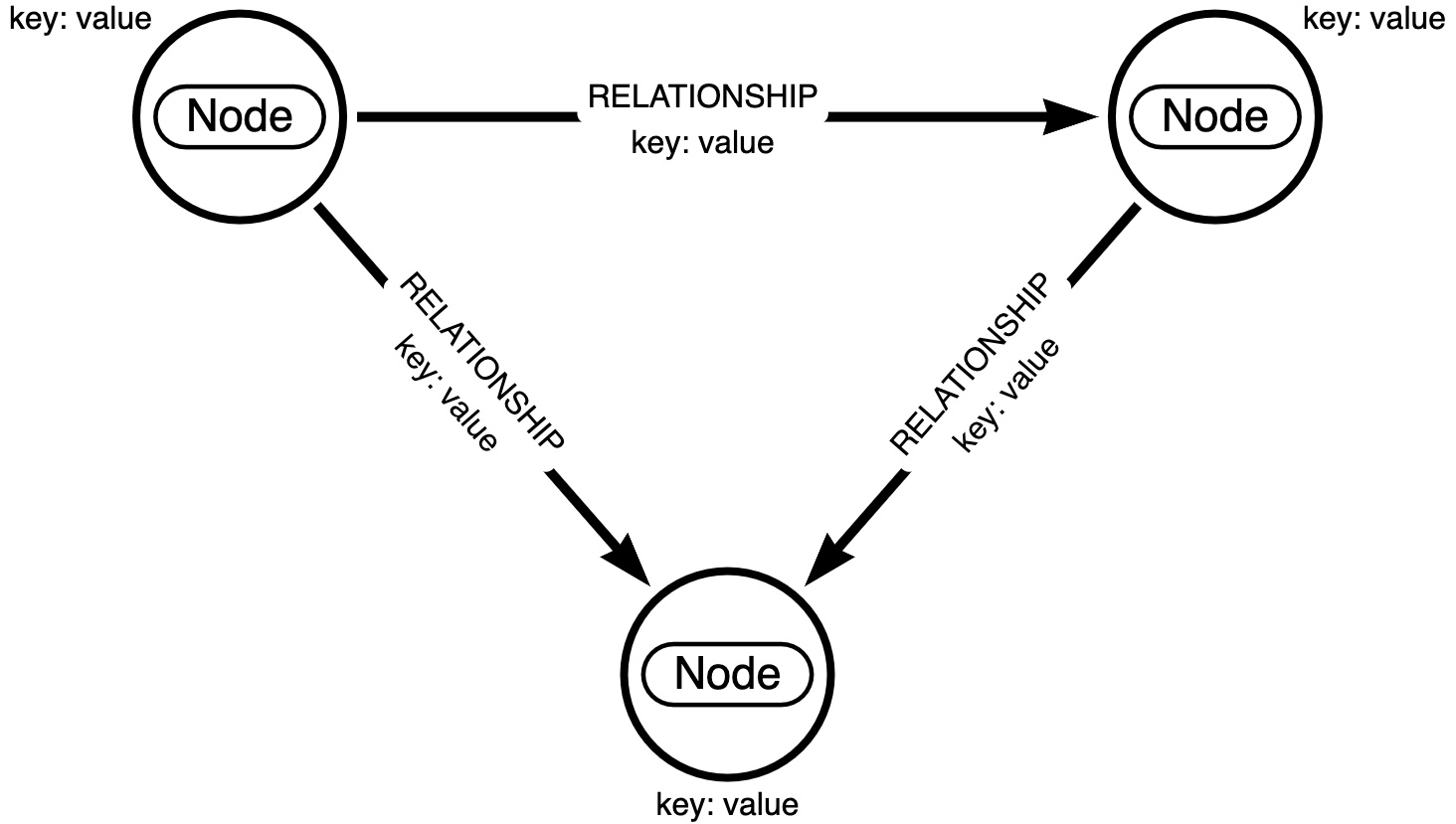Most Important YouTube Metrics and KPIs to Track?
With over 2 billion users, YouTube is the place to be when trying to reach a large audience with video content.
But after you’ve uploaded those fantastic videos to your channel, how will you gauge what’s working well and what could use some improvement and optimization?
That’s where YouTube metrics come in. After all, it doesn’t make sense to spend hours upon hours creating a beautiful video to have it seen by only a handful of people.
This article outlines why you need to keep track of YouTube metrics, which ones are most valuable, and how to get the most from this ongoing exercise.
Let’s get into it!
Why You Need to Track YouTube Metrics
Yes, YouTube is the world’s second-largest search engine, which is why video is becoming an increasingly important part of the modern marketing mix. But putting all that effort into content creation doesn’t make sense if you ignore how it’s performing.
And while it may seem like a hassle to keep track of numbers, it’s the only way to get ahead of the competition. Think about it– identifying any data trends helps you to uncover a winning formula for sustainable YouTube success.
By monitoring YouTube metrics and setting KPIs, you’ll understand the following:
- Who’s watching your videos
- The average amount of time viewers look at your videos
- How often actions are taken (e.g., whether a viewer clicks the website link you included,
- or navigate to other videos on your channel)
- What type of video content resonates most
- Areas for improvement (e.g., having a better-designed thumbnail to increase clicks)
Once you get into the habit of monitoring the right YouTube metrics, you’ll quickly see how they help you in the long run–so don’t neglect the importance of it.
The Top 7 YouTube Metrics You Should Know About
Wondering where to begin with YouTube analytics? Have no fear–we’ll break down the most important metrics to keep an eye on.
1. Average Watch Time
Watch time is one of the core YouTube metrics because it lets you know the average amount of time a viewer looks at your videos, which also provides insight into the exact time (or window) you may be losing viewers.
A short watch time typically means that your video failed to capture–and keep–the viewer’s attention. On the flip side, a significant watch time may mean that viewers find your content intriguing, which is what every YouTuber wants to see.
While watch time is a good metric to keep on your radar, it doesn’t necessarily paint the entire picture. You must consider and contextualize what’s happening with other YouTube metrics.
This metric also ties to the average percentage viewed, which takes the average watch time and divides it by the length of the video. As with the Google helpful content update, the algorithm rewards content that is deemed “helpful” to the audience. And watch time, alongside the average percentage viewed, helps give the algorithm a sense of whether or not the content was relevant to the search query.
2. Engagement Rate
This consolidated metric summarizes how a viewer interacts with your video by adding likes, shares, comments, and other user actions.
Keeping tabs on engagement helps you to identify what resonates most with your YouTube audience and how to leverage video content effectively (e.g., expanding on a well-performing YouTube series).
Like watch time, it isn’t a tell-all of your channel’s overall performance, but it’ll give you some level of insight into what’s going on.
Engagement rate joins watch time and average percentage viewed as one of the top metrics that YouTube uses inside its super-secret algorithm to decide which videos get those coveted results at the top of the search pages.
3. Unique Views
Video views in isolation are one thing, but the unique views metric lets you know how many individual users have looked at your content (without counting duplicate user views). That way, you’ll have a better understanding of your content’s exposure to new pairs of eyes.
A climb in unique views indicates that your YouTube videos garner traction and possibly reach a broad subset of viewers.
Not that a bump in video views, without a corresponding bump in unique views is always a bad thing. That is usually an indication that people are watching the same video multiple times.
Pro-tip: To maximize your YouTube content reach, be sure to optimize for mobile placement also. In fact, 70% of YouTube viewers are using a mobile device, so you make sure that text and other graphic elements are large enough that they can clearly be seen on a mobile device.
4. Subscriber Growth Rate
As you put effort into disseminating great YouTube video content, you’ll want to see an uptick in subscribers (especially if you’re aiming to build brand awareness, drive conversions, or increase revenue).
A stall in subscriber growth (or even a decline) should be looked into further and may mean your content needs re-evaluation or improvement in some way (if, of course, you’re looking to grow your YouTube channel).
It’s also important to tie the subscriber growth rate to the other viewer metrics. For example, keep an eye out if your videos are getting a lot of watches, comments, and engagement, but you’re not getting very many new subscribers. This could be something as simple as adding a “Please Subscribe” request near the beginning and at the end of your videos.
Plus, you can use YouTube Analytics to dig in and figure out exactly where your subscribers are coming from, including whether they subscribed from a particular video, your YouTube channel, or more. If most of your subscribers are coming from a specific video or a topic where you provide expertise, consider making more content like that.
Pro-Tip: As an ongoing exercise, look at your channel’s demographics (such as age, gender, and geographic location. That way, you’ll know your YouTube audience’s characteristics, allowing you to create relevant content that speaks directly to them. It may even uncover insights into new target audiences.
5. Impressions Click-Through Rate
When your YouTube video shows up on ‘Recommended’ lists or encourages users to follow through on a specific action (such as visiting your website), it’s important to understand how many people follow through.
That’s where impressions click-through rate comes in. It gives you insight into user intent and how compelled a viewer was to take a prompted action. In turn, it lets you know just how impactful your video content is.
YouTube thumbnails are one of the most significant drivers of clickthrough rate on YouTube but are often overlooked or undervalued by YouTube creators. Your YouTube thumbnails should clearly align with the topic of the video, catch the eye, and–ideally–highlight the keywords you’ve identified as part of your YouTube SEO processes.
6. Traffic Sources
To capitalize on the most high-traction traffic sources, you’ll need to know what’s working best and generating a significant number of views.
If you’ve embedded your YouTube content on your website or perhaps reference it regularly on your social media channels, monitoring traffic sources will help you to optimize your YouTube content further and focus on the most promising outlets. This metric also shows you internal traffic sources, which also gives you an idea of where it’s showing up on YouTube (e.g., Suggested Videos, search results, etc.).
Pro-Tip: See which keywords YouTube users typically use when they click on your video(s). That way, you’ll better understand user search intent and which topics are most applicable.
7. Most Popular Videos
If you’ve got a YouTube channel with a significant bank of content, ‘Most Popular Videos’ will provide insight into what resonates most with your target audience and what type of content viewers typically gravitate towards.
After learning which videos have performed best, dig a little deeper to figure out why. Did you provide insight into a complex topic? Was it your delivery or offering a unique perspective, perhaps? Whatever the case, use this information to narrow down what works best and how to guide future video content accordingly.
Keep Your YouTube Game Strong by Tracking Metrics
And there you have it! Posting videos to your channel is just one part of the equation.
Metrics and setting appropriate KPIs will help you to meet your YouTube goals, tie them into your big-picture strategy, and keep you on top of your game.
It doesn’t have to be a complex, painstaking activity. By getting in the habit of regularly monitoring YouTube data, you’ll position your YouTube channel for long-term success.
Pro-Tip: Not every metric needs to be a KPI. When deciding on your YouTube goals, determine which metrics affect your brand’s strategic goals (e.g., does watch time directly affect the number of online transactions you want to achieve? Probably not. But it is a good measurement of engagement if that’s the focus of your YouTube channel). So while YouTube metrics are helpful to understand, there’s no need to get lost in a sea of data. Distinguish what’s most important and what should be secondary to keep a clear eye on the growth of your channel.
The post Most Important YouTube Metrics and KPIs to Track? appeared first on noupe.









